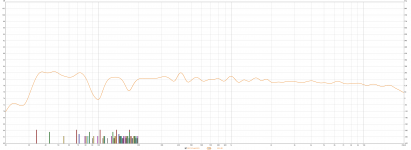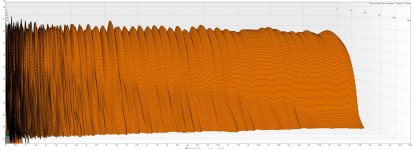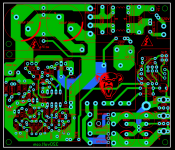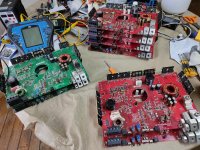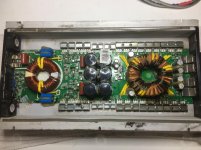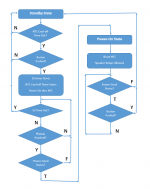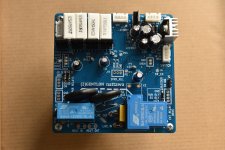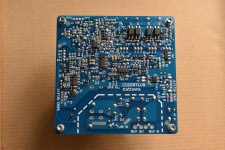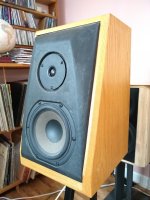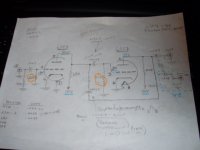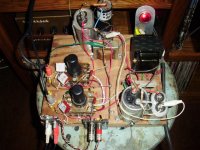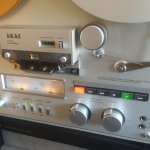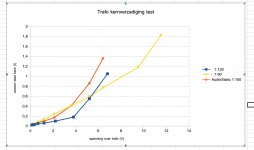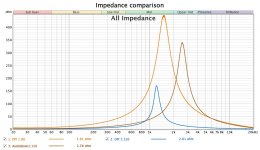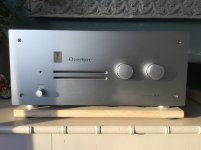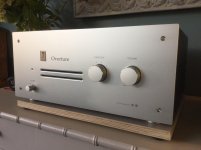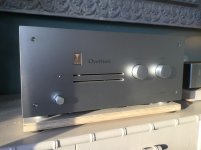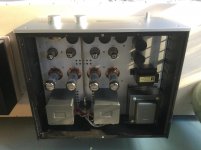Audio Precision Portable One Dual Domain THD+n problem
- By JakaBac
- Equipment & Tools
- 35 Replies
Hi All!
I have a Portable One Dual Domain analyzer that passes all self tests, but after warming up measurements of THD+n start to drift towards -60dB in the 20.5kHz-21kHz (or even 22kHz). When it is cold there is a small step in the THD+n measurements at 20.5kHz but nothing so drastic.
When 20.5kHz-21kHz band is out of whack, everything up to 20kHz is perfectly fine and after 22,23kHz the THD+n returns to "normal". The selftest just misses this anomalous point.
Unfortunately the schematics are not available, but it seems to be quite closely following the design of System One, except that it does not have a 2 stage filter and the null and tune loop seems somewhat different.
I have found equivalent parts from System One service manual in my portable one and I can see that when the problem happens the NULL control voltage goes near the "null opamp" positive rail, so apparently the null error is beyond its ability to compensate. The null control voltage pretty much around +-2V on the 9.5Hz to 20.5kHz range. After that a relay clicks and the null control voltage shoots up to 12V. It stays there in the problem area and just barely gets to 10-9V going further up with filter frequency.
There is another servo loop for correcting filter tuning error and that control voltage is generally in the +-2V range when changing the filter frequency.
My problem is that I currently do not have a good idea on how to do further troubleshooting because of these servo loops. I don't know if there is a problem in the null control loop or the filter is not performing as expected for some reason after 20.5kHz. Or compensation is not working as expected.
So before taking things further apart to disconnect parts of the circuit to see what really happens after the "magical" threshold frequency is crossed, I would like to know if anyone has already seen this behavior.
Obviously other part of the problem is that analog electronics is not my strong point and the details of the filter are reaching far out of my comfort zone 🙂
Also before taking things further apart I'd like to know if there is some magic way to easily remove the digital board sitting in the metal can on top of the analog input board. I opened its can but I see no obvious way of detaching the can that is getting in my way of removing the analog input board. So before unscrewing more screws I'd like to know if there is an easy way to get the analog input/analyzer board out
Thanks!
Jaka
I have a Portable One Dual Domain analyzer that passes all self tests, but after warming up measurements of THD+n start to drift towards -60dB in the 20.5kHz-21kHz (or even 22kHz). When it is cold there is a small step in the THD+n measurements at 20.5kHz but nothing so drastic.
When 20.5kHz-21kHz band is out of whack, everything up to 20kHz is perfectly fine and after 22,23kHz the THD+n returns to "normal". The selftest just misses this anomalous point.
Unfortunately the schematics are not available, but it seems to be quite closely following the design of System One, except that it does not have a 2 stage filter and the null and tune loop seems somewhat different.
I have found equivalent parts from System One service manual in my portable one and I can see that when the problem happens the NULL control voltage goes near the "null opamp" positive rail, so apparently the null error is beyond its ability to compensate. The null control voltage pretty much around +-2V on the 9.5Hz to 20.5kHz range. After that a relay clicks and the null control voltage shoots up to 12V. It stays there in the problem area and just barely gets to 10-9V going further up with filter frequency.
There is another servo loop for correcting filter tuning error and that control voltage is generally in the +-2V range when changing the filter frequency.
My problem is that I currently do not have a good idea on how to do further troubleshooting because of these servo loops. I don't know if there is a problem in the null control loop or the filter is not performing as expected for some reason after 20.5kHz. Or compensation is not working as expected.
So before taking things further apart to disconnect parts of the circuit to see what really happens after the "magical" threshold frequency is crossed, I would like to know if anyone has already seen this behavior.
Obviously other part of the problem is that analog electronics is not my strong point and the details of the filter are reaching far out of my comfort zone 🙂
Also before taking things further apart I'd like to know if there is some magic way to easily remove the digital board sitting in the metal can on top of the analog input board. I opened its can but I see no obvious way of detaching the can that is getting in my way of removing the analog input board. So before unscrewing more screws I'd like to know if there is an easy way to get the analog input/analyzer board out
Thanks!
Jaka
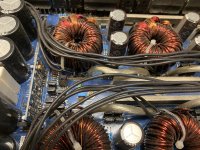
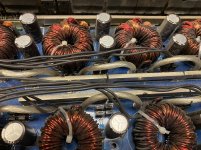
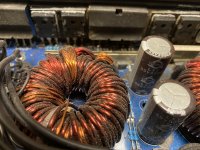
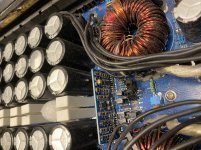
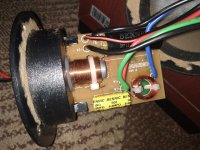
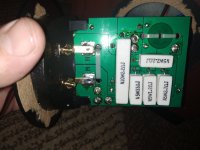
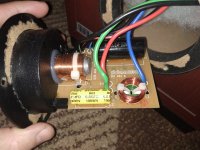
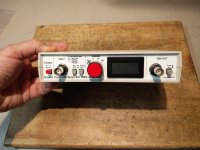
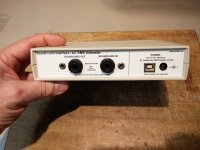
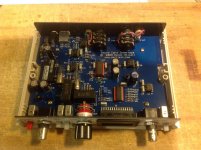
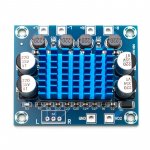
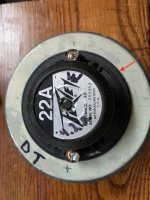





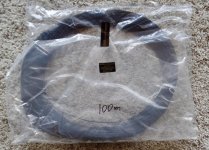
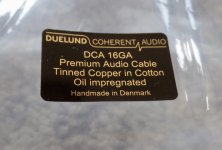



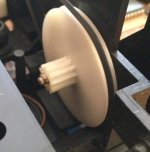
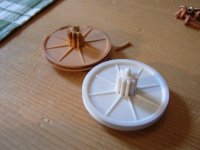
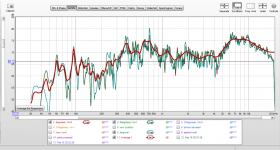

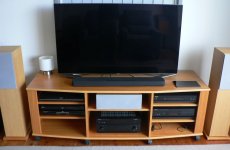
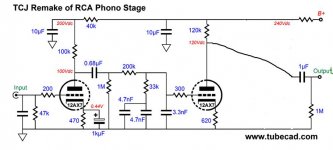
 Thread split from here -
Thread split from here - 